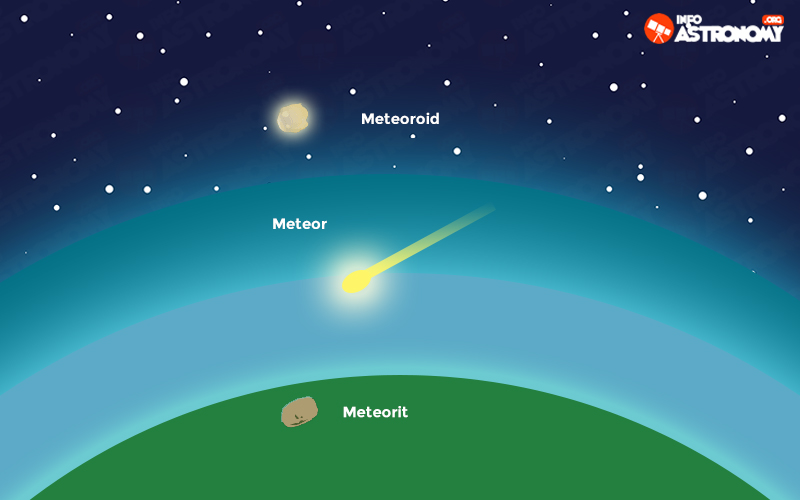
Unsure why a meteoroid is different to meteor, comet or asteroid? Learn the difference between a comet, asteroid, meteoroid, meteor & meteorite.To this date there have been around 1000 collected ‘falls’ and 40000 ‘finds’. Meteorites that are observed as they fall through the Earth’s atmosphere and later recovered are called ‘falls’, all others are called ‘finds’. When many meteors occur in a close time frame in the same part of the sky it is called a meteor shower.Īround 500 meteorites reach the Earth’s surface every year but of those only around 5 ever make it to scientists for study. Iron meteorites can produce unusual patterns never seen on Earth. About 5 of meteorites are iron and iron-nickel alloy ones: for example, taenites and kamacites. The oldest particles in a meteorite, calcium-aluminum-rich inclusions from carbonaceous chondrites, have been. The most common meteorites are stony ones. Are meteoroids, meteors, and meteorites all different things And if so, whats the differenceExplore more of lifes mysteries with DEMYSTIFIED: https://bi. Meteors are easier to see during the lower light conditions of night.Ī small percentage of meteoroids fly on a path that goes into the Earth’s atmosphere and then back out again, they are known as Earth grazing fireballs. How old are meteorites Meteorites range in age. The Earth’s atmosphere experiences millions of meteors every day. But for the common, tiny ones, we generally only know they exist when they burn up in the atmosphere, leaving brief, blazing streaks of light. These space rocks range in size from dust grains to small asteroids. The fastest meteoroids travel through the solar system at a speed of around 42 kilometres per second (26 miles per second). Even the best, most high-tech telescopes available today can’t see all the small bits of debris in space known as meteoroids. Asteroids are smaller than a planet, but they are larger than the pebble-size objects we call meteoroids. If you’ve ever looked up at the sky at night and seen a streak of light or ‘shooting star’ what you are actually seeing is a meteor.Ī meteoroid that survives falling through the Earth’s atmosphere and colliding with the Earth’s surface is known as a meteorite. An asteroid is a small rocky object that orbits the Sun. When a meteoroid entered an atmosphere, it was called a meteor, also colloquially. While many meteors come from comet trails or asteroids, others may come from interstellar sources. A meteoroid was a piece of astronomical debris, smaller than an asteroid.


A metallic or nonmetallic rocky body orbiting the sun (usually found between Mars and Jupiter) Meteor. Chunk of rock or dust in space, from comets or asteroids. Once we know the position and velocity of a meteor with respect to the radar, we can determine its orbital elements and where it came from. A meteoroid that passes through the atmosphere and hits Earths surface and breaks into pieces. They range in size from dust to around 10 metres in diameter (larger objects are usually referred to as asteroids).Ī meteoroid that burns up as it passes through the Earth’s atmosphere is known as a meteor. A hyperbolic meteoroid trajectory shown intersecting with Earths orbit. A meteoroid is a small rock or particle of debris in our solar system.


 0 kommentar(er)
0 kommentar(er)
